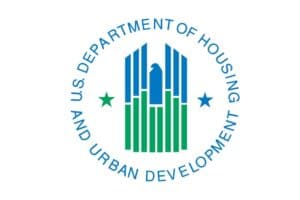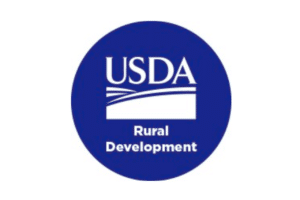HUD will host a live Q&A webinar on Thursday, November 9 from 2:30-3:30 p.m. EST to provide a brief overview and discussion of the Completion Certification and the RAD Minority Concentration Analysis Tool described below, as well as to answer your questions on these or other topics. Please register at https://attendee.gotowebinar.com/register/1887758497203001601
- Construction Completion Certification on the Resource Desk. The RAD Notice requires that Owners submit a completion certification with the requirements of the RAD Conversion Commitment (RCC) following completion of the scope of work. In an effort to assist project owners in submitting the required completion certification, the Office of Recapitalization has created the “Rehab/Construction Completion Milestone” which enables owners to make these submissions on the RAD Resource Desk (radresource.net). The new page requires owners to provide information related to the completion of work, residents’ right of return, and Section 3 hiring achieved. We have alerted all property owners who have completed work or are in the middle of construction that submissions are expected no later than 45 days after completion of the work. Please also note, HUD reserves the right to perform more in-depth audits to ensure compliance with the RCC.
- Underwriting Considerations for Existing “Mixed Finance” Projects. At the heart of RAD is the requirement that, prior to conversion, a project can reasonably demonstrate that it has the resources to meet the 20‐year capital needs identified in the Capital Needs Assessment (CNA). Often, public housing mixed‐finance projects were developed in conjunction with low‐income housing tax credits and, therefore, involve outside investors, owners, and lenders. Unlike traditional public housing projects, existing public housing mixed‐finance projects can find it impractical to refinance the property, or to re‐size the annual deposit to replacement reserves, prior to the end of the tax credit compliance period. To respond to these realities, the Office of Recapitalization has adopted alternative underwriting criteria for mixed‐finance projects that are unable to meet the 20‐year capital needs identified in the CNA at the time of conversion under our standard underwriting criteria. This document is available in the Document Library of the RAD Resource Desk.
- RAD Minority Concentration Analysis Mapping Tool Released. Whenever a public housing property will be replaced in RAD through new construction, HUD conducts an upfront review to ensure conformity with HUD’s site and neighborhood standards. HUD has just released the RAD Minority Concentration Analysis Tool in order to allow PHAs to quickly assess whether a proposed site for new construction under RAD is or may be in an area of minority concentration. The output of the report provides the data needed for the analysis described in H/PIH 2016-17, including minority data from the Census for: 1) the Housing Market Area; 2) the census tract; 3) the area comprised of the census tract of the site together with all adjacent census tracts; and 4) an alternative geography if proposed by the PHA. To utilize the tool, the user must first login. Depending on the output of the tool, the PHA can ascertain whether: a) an upfront review by HUD is not required; b) a review by HUD is needed to confirm that the site is not minority concentrated; or c) the area is minority concentrated and could only be approved if it meets one of the exceptions for building in an area of minority concentration. The tool is available at https://www.huduser.gov/portal/maps/rad/home.html
- RAD Project-Based Voucher OCAF Worksheet. Per the RAD Notice and the HAP Contract, the RAD contract rents are adjusted at each anniversary of the HAP contract by the Operating Cost Adjustment Factor (OCAF) HUD publishes each year in the Federal Register. While OCAF adjustments are commonly used in PBRA, it is new for PHAs and the Project-Based Voucher program and includes some nuances that PHAs may not be aware of. Consequently, HUD has produced the RAD PBV OCAF Rent Adjustment Tool to assist PHAs and independent entities to annually adjust contract rents. Please note that while this is not a required worksheet and should not be submitted to HUD, HUD recommends that the PHA retain a copy of the methodology used to adjust the RAD contract rents for audit purposes. The worksheet is available in the Document Library of the RAD Resource Desk.



